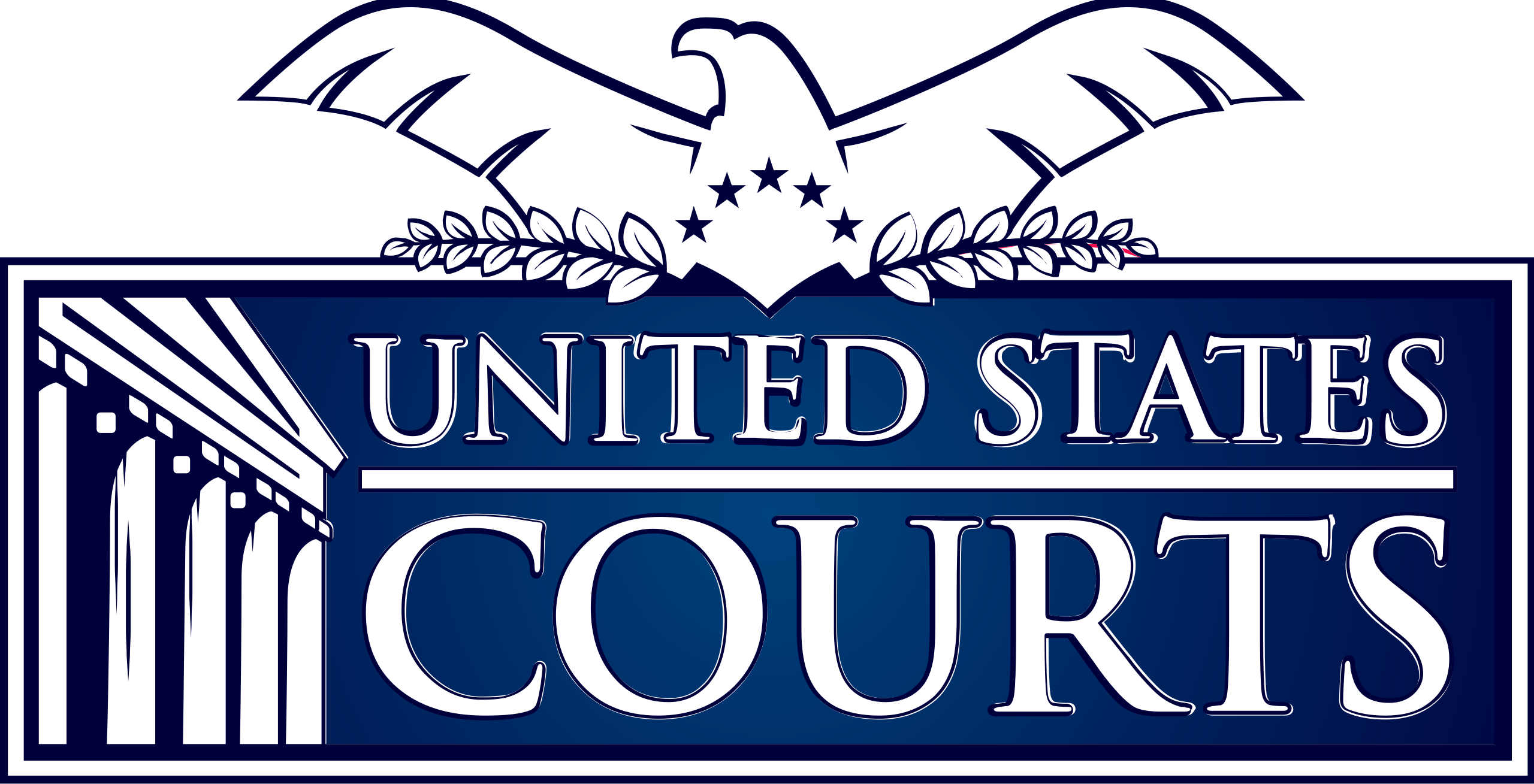






The Uniform Standards of Professional Appraisal Practice (USPAP) represents the gold standard for professional appraisal practice in the United States. These comprehensive standards establish the framework that enables appraisers to deliver consistent, ethical, and unbiased valuations across diverse industries and asset types.
USPAP's scope extends beyond traditional real estate appraisals, encompassing personal property and business valuations. While each sector presents unique challenges, USPAP's principles provide a universal foundation that helps appraisers navigate complex valuations while maintaining the highest standards of professionalism. From residential properties to fine art collections and corporate entities, these standards ensure every appraisal meets rigorous benchmarks for accuracy and integrity.
At its core, USPAP serves as the cornerstone of public trust in the appraisal profession. Stakeholders across the spectrum – from individual clients to regulatory bodies – rely on these standards to ensure valuations are both impartial and well-supported. By embracing USPAP, appraisers not only protect their professional reputation but also contribute to maintaining market transparency and fairness.
The significance of USPAP compliance extends far beyond mere regulatory requirements. Adherence to these standards demonstrates an appraiser's commitment to professional excellence and ethical practice, fostering trust among clients, regulators, and the broader public. This commitment to compliance serves as a fundamental differentiator in an increasingly competitive market.
Many jurisdictions mandate USPAP compliance for specific types of appraisals, particularly those involving legal proceedings, tax matters, or financial reporting. The consequences of non-compliance can be severe, potentially resulting in invalidated reports, legal penalties, or irreparable damage to an appraiser's professional standing.
The risks of non-compliance affect both appraisers and their clients. An invalidated appraisal can derail transactions, trigger financial losses, and spark costly legal disputes. By maintaining strict adherence to USPAP standards, appraisers protect themselves and their clients while reinforcing the integrity of the entire appraisal profession.
USPAP emerged from a critical need to standardize and elevate the appraisal profession. In response to various challenges within the industry, including inconsistent practices and questionable valuations, USPAP was developed to establish uniform standards that would ensure reliability and credibility across all appraisal disciplines. This framework has evolved continuously, adapting to changes in market dynamics, legal requirements, and professional best practices.
The Appraisal Foundation, a Congressional-authorized nonprofit organization, oversees USPAP's development and maintenance. Through its Appraisal Standards Board (ASB), the Foundation ensures that USPAP remains relevant and effective in addressing contemporary challenges while upholding the highest ethical standards. This ongoing refinement process has been instrumental in building and maintaining public trust in the appraisal profession.
USPAP's framework consists of several essential components that work together to create a comprehensive system for professional appraisal practice. Each component serves a specific purpose while contributing to the overall goal of ensuring reliable, ethical, and competent appraisal services.
The Preamble establishes the philosophical and practical foundation of USPAP, serving as a mission statement for the entire appraisal profession. It addresses three key areas:
The Definitions section provides precise meanings for technical terms, ensuring consistent interpretation across all appraisal disciplines. This standardization is crucial for several reasons:
The Ethics Rule forms the moral backbone of USPAP, establishing clear guidelines for professional conduct. It encompasses three main areas:
This rule establishes comprehensive requirements for maintaining professional records, ensuring accountability and transparency:
The Competency Rule ensures that appraisers maintain appropriate expertise for their assignments:
This rule provides guidance for situations where local laws conflict with USPAP standards:
Each of these components plays a vital role in ensuring the integrity and reliability of professional appraisal practice. Together, they create a comprehensive framework that guides appraisers through complex valuation assignments while maintaining high professional standards.
USPAP's standards are organized into paired sets - one standard focusing on development (how to conduct the appraisal) and another on reporting (how to communicate the findings). This paired approach ensures comprehensive coverage of both the appraisal process and its communication.
Real property appraisal standards form the cornerstone of USPAP, reflecting the complex nature of real estate valuation. These standards address everything from residential homes to commercial complexes, agricultural land to industrial facilities. What makes these standards particularly crucial is their role in major financial decisions - from home purchases to commercial investments. They require appraisers to consider not just the physical property, but also market conditions, legal restrictions, and potential uses. Whether it's a single-family home or a multi-million dollar commercial development, these standards ensure that every appraisal follows the same rigorous process, providing reliable valuations that stakeholders can trust.
Standard 1 provides the framework for conducting real property appraisals. It focuses on ensuring accurate, thorough, and unbiased valuations through:
Standard 2 establishes how appraisers should communicate their findings effectively through:
Personal property appraisal standards address the unique challenges of valuing movable assets, from fine art and antiques to machinery and equipment. These standards recognize that personal property often requires specialized expertise due to the diverse nature of items being valued. Unlike real estate, personal property can be highly unique, with values influenced by factors such as authenticity, condition, rarity, and provenance. These standards are particularly important in contexts ranging from estate settlements and insurance valuations to charitable donations and legal disputes. They guide appraisers through the complex process of researching, analyzing, and documenting the specific characteristics that contribute to an item's value, while ensuring that conclusions are well-supported and clearly communicated.
Standard 7 addresses the unique challenges of valuing movable items through:
Standard 8 focuses on clear communication of personal property valuations through:
Business appraisal standards guide the complex process of valuing entire enterprises, ownership interests, and intangible assets. These standards are particularly critical in today's knowledge-based economy, where intangible assets like intellectual property and goodwill often represent significant company value. They address the multifaceted nature of business valuation, which requires analysis of financial statements, market conditions, industry trends, and economic factors. Whether supporting merger negotiations, partnership dissolutions, or estate planning, these standards ensure that business appraisers consider all relevant factors while providing well-documented, credible opinions of value. They're especially important in situations where multiple stakeholders rely on the valuation for significant financial or legal decisions.
Standard 9 establishes requirements for valuing businesses and intangible assets through:
Standard 10 guides the communication of business valuations through:
This comprehensive framework ensures that appraisers across all disciplines maintain high professional standards while providing reliable, credible, and well-supported valuations to their clients.
The development of a USPAP-compliant appraisal demands meticulous attention to detail and adherence to established professional standards. This process ensures that each valuation meets the highest standards of reliability, transparency, and defensibility. While the specific requirements may vary depending on the property type and intended use, the fundamental principles of compliance remain constant throughout the appraisal process.
The foundation of any compliant appraisal begins with proper client engagement. This critical first step involves more than simply accepting an assignment; it requires a thorough understanding of the client's needs, the intended use of the appraisal, and the specific requirements of the engagement. Appraisers must clearly identify their client and any intended users of the report, documenting all communications and expectations from the outset.
During this phase, appraisers must pay particular attention to:
The scope of work represents one of the most crucial elements of USPAP compliance. It serves as the roadmap for the entire appraisal process, defining both the breadth and depth of analysis required. Appraisers must carefully consider market conditions, property characteristics, and client requirements when determining the appropriate scope. This determination should be made in consultation with the client, but the ultimate responsibility for developing an appropriate scope rests with the appraiser.
A well-defined scope of work should outline the extent of research required, specific methodologies to be employed, and any limitations that might affect the analysis. This includes determining which approaches to value will be utilized, what level of property inspection is necessary, and what market research will be conducted. The scope must be sufficient to produce credible assignment results while staying within the agreed-upon parameters of the engagement.
The implementation of valuation procedures requires a systematic approach that combines technical expertise with professional judgment. Appraisers must gather and analyze relevant data, apply appropriate methodologies, and develop well-supported conclusions. This process demands rigorous attention to detail and careful documentation of all steps taken.
During the valuation phase, appraisers must:
USPAP's reporting requirements ensure that appraisal findings are communicated effectively to intended users. The standards recognize that different assignments may require different levels of detail in reporting, but all reports must contain sufficient information to be meaningful and not misleading.
USPAP provides for two distinct report options: the Appraisal Report and the Restricted Appraisal Report. The Appraisal Report represents the more detailed option, providing comprehensive documentation of the appraisal process and conclusions. This format is appropriate for most assignments, particularly those involving multiple intended users or complex properties.
The Restricted Appraisal Report offers a more concise presentation of findings, typically appropriate only when there is a single intended user who is familiar with the property and appraisal process. Despite its condensed format, this type of report must still contain sufficient information to be meaningful and comply with USPAP standards.
Regardless of the report format chosen, certain essential elements must be included in every USPAP-compliant report. The appraiser must clearly communicate the identity of the client and any intended users, the intended use of the appraisal, and the purpose of the assignment. The report must also contain sufficient information about the property characteristics relevant to the assignment and clearly explain the rationale for the opinions and conclusions presented.
Appraisers frequently encounter situations that test their ability to maintain USPAP compliance while meeting client needs and market demands. Understanding how to navigate these challenges while maintaining professional standards is crucial for long-term success in the profession.
One of the most significant challenges appraisers face involves managing potential conflicts of interest. These situations require careful consideration and often demand difficult professional decisions. When potential conflicts arise, appraisers must evaluate the situation carefully, considering both the letter and spirit of USPAP's Ethics Rule.
The key to managing conflicts lies in transparency and documentation. Appraisers must disclose any potential conflicts to their clients and maintain clear records of these disclosures. In some cases, the appraiser may need to decline an assignment if the conflict cannot be appropriately managed or disclosed.
Navigating the complex landscape of local, state, and federal regulations while maintaining USPAP compliance presents another significant challenge. Appraisers must often balance competing requirements, ensuring they meet all applicable laws while adhering to professional standards. The Jurisdictional Exception Rule provides guidance in these situations, but its application requires careful consideration and documentation.
Success in managing these challenges requires a commitment to ongoing education and professional development. Appraisers must stay current with changes in both USPAP requirements and local regulations, maintaining the knowledge and skills necessary to provide compliant, credible appraisal services.
When writing an appraisal report, the USPAP certification section should include specific statements that confirm your compliance with USPAP standards. These are often derived from the requirements outlined in USPAP Standard 2. Here is a list of key points appraisers should include in the certification section:
USPAP compliance means adhering to the Uniform Standards of Professional Appraisal Practice, which are guidelines that ensure consistency, credibility, and transparency in appraisals.
Compliance is essential for maintaining public trust, ensuring legal adherence, and delivering unbiased and reliable valuations.
Yes, online appraisals can be USPAP-compliant, as long as USPAP standards are adhered to.
No, there is no such thing as a USPAP-certified appraiser. Appraisers are trained on USPAP and many renew their education every 2 years, but USPAP-compliance pertains more to the appraisal process than the appraiser conducting it.
The Appraisal Foundation oversees the creation and updating of USPAP through its Appraisal Standards Board, ensuring standards remain current and relevant.
Non-compliance can invalidate the appraisal, lead to legal penalties, or damage the appraiser’s professional reputation.
Yes, when local laws conflict with USPAP, the Jurisdictional Exception Rule allows appraisers to follow the law while documenting deviations.
USPAP is updated every two years by the Appraisal Standards Board to reflect changes in the industry and regulatory environment.
Yes, restricted appraisal reports can be USPAP-compliant when they meet the specific requirements outlined in the standards.
The Competency Rule requires appraisers to have the necessary knowledge and experience to perform a given appraisal assignment competently.
Yes, appraisers must retain workfiles for a minimum of five years or longer if required by jurisdictional laws or legal proceedings.
Yes, USPAP includes specific standards (7 and 8) for the development and reporting of personal property appraisals.
The Ethics Rule in USPAP prohibits conflicts of interest and requires appraisers to act impartially and disclose any relationships that might affect their judgment.
Yes, USPAP Standards 5 and 6 specifically address the development and reporting of mass appraisals, such as for property tax assessments.
Yes, USPAP Standards 3 and 4 outline the procedures for reviewing an appraisal or appraisal report.
Hybrid appraisals, which combine in-person and remote data collection, can be USPAP-compliant if performed by a licensed appraiser following USPAP standards.
Clients can request a copy of the appraiser’s workfile or review the appraisal report to ensure it contains all required elements and adheres to USPAP.
Extraordinary assumptions are conditions presumed to be true for the purpose of an appraisal, even though they may not be verified. These must be clearly stated and justified in the report.
USPAP Standards 9 and 10 provide guidelines for appraising business interests and intangible assets, ensuring accurate methodologies and transparent reporting.
Yes, appraisers can use statistical models or automated valuation methods as long as they are transparent about their methodologies and these comply with USPAP standards.
For the most part, appraisers involved with the International Society of Appraisers (ISA), American Society of Appraisers (ASA), or Appraisers Association of America (AAA) follow USPAP standards. This is the case for business valuation experts, personal property appraisers, and real estate appraisers.
USPAP represents more than a collection of industry standards – it's the foundation that ensures trust and reliability in the appraisal profession. When appraisers follow these standards, clients can be confident they're receiving thorough, unbiased valuations based on solid methodology and professional expertise. From residential real estate to fine art collections and business enterprises, USPAP provides the framework that transforms subjective opinions into credible, well-supported value conclusions.
Today's appraisal landscape continues to evolve with technological innovations and shifting market dynamics. USPAP adapts to these changes through regular updates while maintaining its core principles of integrity and professionalism. For appraisers, staying current with these standards isn't just about meeting requirements – it's about maintaining the expertise and credibility that clients deserve. This commitment to ongoing education and adherence to standards ensures that appraisers can handle increasingly complex valuation challenges with confidence and competence.
At its heart, USPAP serves as both a practical guide and a mark of professional excellence. It distinguishes qualified appraisers from those who might offer opinions without proper methodology or support. For clients and stakeholders, these standards provide assurance that their valuation needs will be met with thoroughness, objectivity, and professional care. This is why USPAP continues to be essential for maintaining public trust in the appraisal profession.




